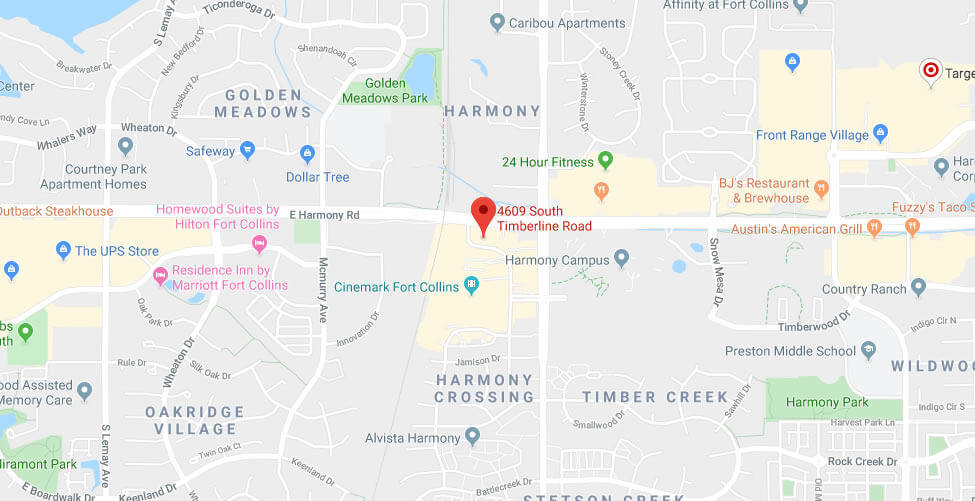Tongue & Lip Tie
Relieve the pain and frustration of feeding difficulties with treatment for your infant’s tongue or lip tie.
Happy Baby, Healthy Toddler
A lip or tongue tie can restrict your child’s mouth movement. One simple treatment can improve their feeding, enhance their speech development, and relieve their oral pain.
Full Tummy, Full Hearts
End feeding time frustration and enter a world of easy eating as your baby finally has the ability to latch properly for breast or bottle feeding.
Happy Baby, Happy Family
A well-fed baby sleeps, plays, and just plain feels better. Enjoy a new chapter in your family’s history as you all relax into a joyful new normal.
Blissful Babbling
When your child can move their lips and tongue freely, picking up speech sounds is a cinch. Give them the gift of easy speech development, increased confidence, and social success.
“Went to see Dr. Keith at the recommendation of our lactation consultant due to an upper lip and tongue tie that were affecting our daughter’s ability to latch. The staff was all professional and our experience was great. They provide a full consult before charging forward with the procedure and make sure you are comfortable with everything beforehand. The procedure itself took about 5 minutes from when they left the room to when they brought our daughter back. Overall great experience and Dr. Keith even texted to check in that evening to make sure everything was going OK. If you are going through lip/tongue tie issues I can’t recommend them enough.”
Crystal Emerson
Tongue and Lip Tie Treatment Procedure
Children are born with a small band of tissue, called the frenum, which connects the tongue to the floor of the mouth, and the lips to the gums. A small percentage of children have a frenum that is extra tight or thick, which keeps their lips or tongue from functioning properly.
A tight or thick frenum is called a lip or tongue tie (ankyloglossia), and can lead to problems with nursing, speaking, and even the overall development of the mouth.
At Pediatric Dentistry of the Rockies, our dentists can release a tongue or lip tie by performing a frenectomy. During this brief procedure, the dentist uses a laser to release the frenum, allowing the child full freedom of tongue or lip movement.
Our office will provide information on aftercare stretches and encourage you to follow up with your IBCLC (International Board of Lactation Consultant) within 3-5 days after the release to ensure the best results.
Symptoms of a Tongue or Lip Tie
Are you or your baby experiencing any of these symptoms?
Baby:
- Poor latch
- Falls asleep while attempting to nurse
- Slides off the nipple while attempting to latch
- Colic symptoms
- Reflux symptoms
- Poor weight gain
- Gumming or chewing the nipple while nursing
- Unable to hold a pacifier in their mouth
- Short sleep episodes requiring feeding every 2-3 hours
Mother:
- Creased, flattened or blanched nipples after nursing
- Cracked, bruised or blistered nipples
- Bleeding Nipples
- Severe pain when your infant attempts to latch
- Poor or incomplete breast drainage
- Infected nipples or breasts
- Plugged ducts
- Mastitis
- Nipple thrush
If so, we suggest you come in for a consultation. These symptoms can have serious consequences for your relationship and your baby’s health, so we make every effort to see you right away.
This video shows how and why a tongue or lip hinders your baby’s ability to latch and nurse.
What to Expect
If your baby requires a frenectomy, here’s what will happen in our office.
Before scheduling the procedure:
Before scheduling, we ask that you consult with a IBCLC (International Board Certified Lactation Consultant). They can help rule out any other factors that may be affecting the latch and will be an important resource for improving your breastfeeding experience after the procedure.
The day of the procedure:
After checking in, we will take you to an exam room. There, our team and Doctor will review your symptoms, answer questions, and do an exam. The Frenectomy can be completed at this appointment if determined necessary if you would like. Due to laser safety regulations, parents are not permitted in the treatment room. We will carry your baby to a neighboring room to complete the procedure.
Performing the procedure:
The doctor will perform the frenectomy using a CO2 soft tissue laser. This will take 15-30 seconds. Because the laser uses light to precisely vaporize tissue, the procedure will be quick and exact. Your baby will not need general anesthesia or numbing and will likely experience no bleeding.
After the procedure:
We will bring your baby back to you in the exam room where we will encourage you to snuggle and feed them. Their total time away will be less than 5 minutes. It’s normal for them to cry and fuss during and after the procedure. You can breastfeed, bottle-feed, or soothe your baby in any way you’d like. You are welcome to stay as long as you need.
Recovery:
We recommend you follow up with your lactation specialist after the procedure within 3-5 days. We’ll also schedule a follow-up with the doctors at our office in within the 1st week if necessary. In the meantime, it will be normal for your baby to experience fussiness, and their lip or tongue may bleed lightly if bumped. They also may eat less for the rest of the day of the procedure, but will soon go back to normal.
Here’s some recommendations for keeping your baby comfortable and ensuring complete recovery:
Pain medication:
You may administer Infant’s Tylenol if needed.
- 6-11 lbs – 1.25 ml (1/4 tsp)
- 12-17 lbs – 2.5 ml (1/2 tsp)
Stretching
We’ve found that post-procedure stretches will help the frenum from reattaching. Why? Because wounds in the mouth like to move toward the center, and two raw surfaces in close proximity in the mouth want to attach. Stretching keeps the wound dilated and raw surfaces from touching. This video is a great demonstration of how to stretch your baby’s mouth. We recommend you perform these stretches 3-6 times per day.
This page also has detailed explanations about how to stretch your baby’s mouth during recovery:
- Wash your hands thoroughly before stretching
- Swaddle your baby or have a helper hold their hands
- Place the baby’s head in your lap
- Lift the lip with mild to moderate force to see the entire lasered area (should see a diamond, not a triangle)
- Lift the tongue from the sides to full extension with mild to moderate force. Use your fingers or q-tips to see the entire lasered area
- The entire process should only take 15-20 seconds
Feeding
There are generally no breastfeeding restrictions after a frenotomy; you are free to nurse your baby as often as they need to. Some babies will immediately have a corrected latch, but some may need some time to learn how to nurse effectively with their tongue’s (or lip’s) newfound range of motion. Be patient; you both are learning a new skill and it may still take some practice to master the skill of breastfeeding. We recommend you continue working with your lactation consultant.

Free Your Child for Success
Embrace improved feeding and easier speech and growth development with tongue and lip tie treatment at Pediatric Dentistry of the Rockies.


